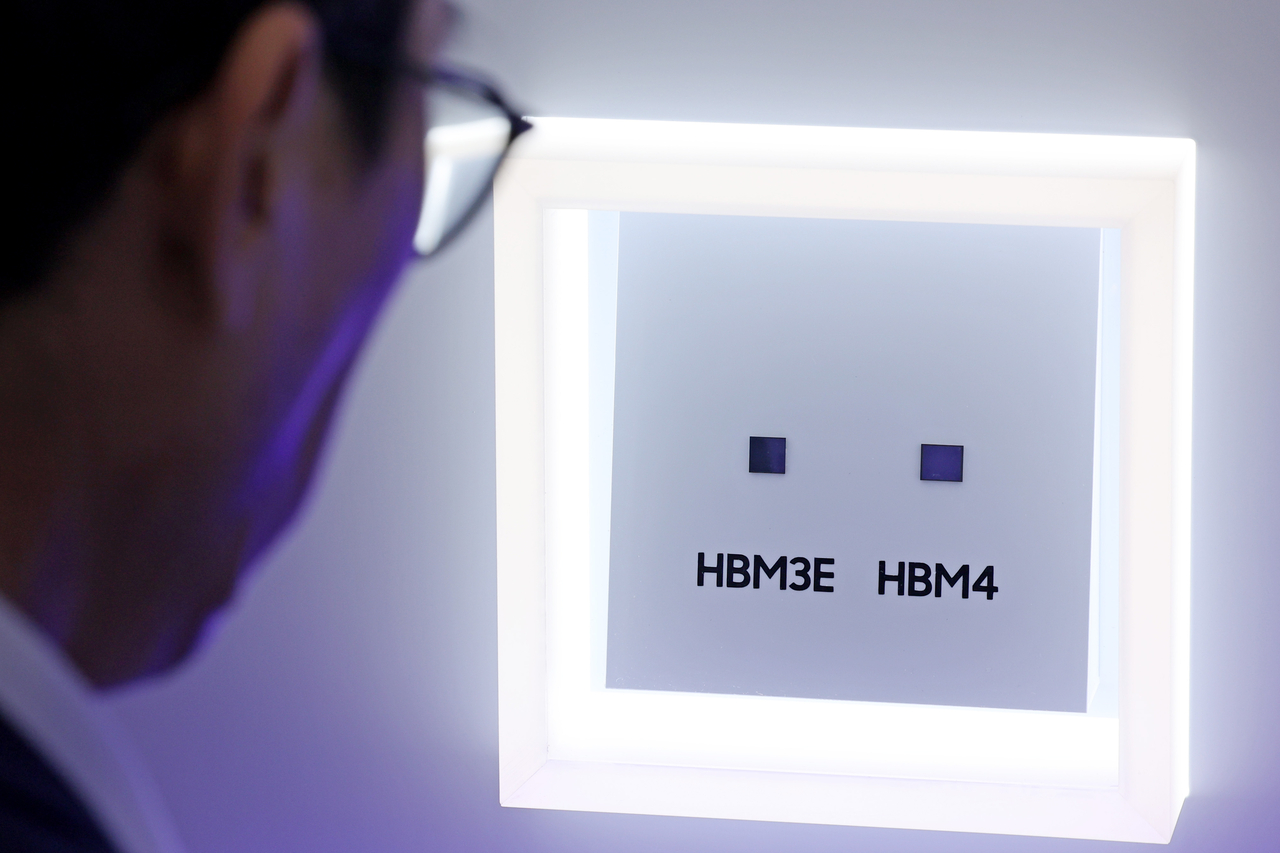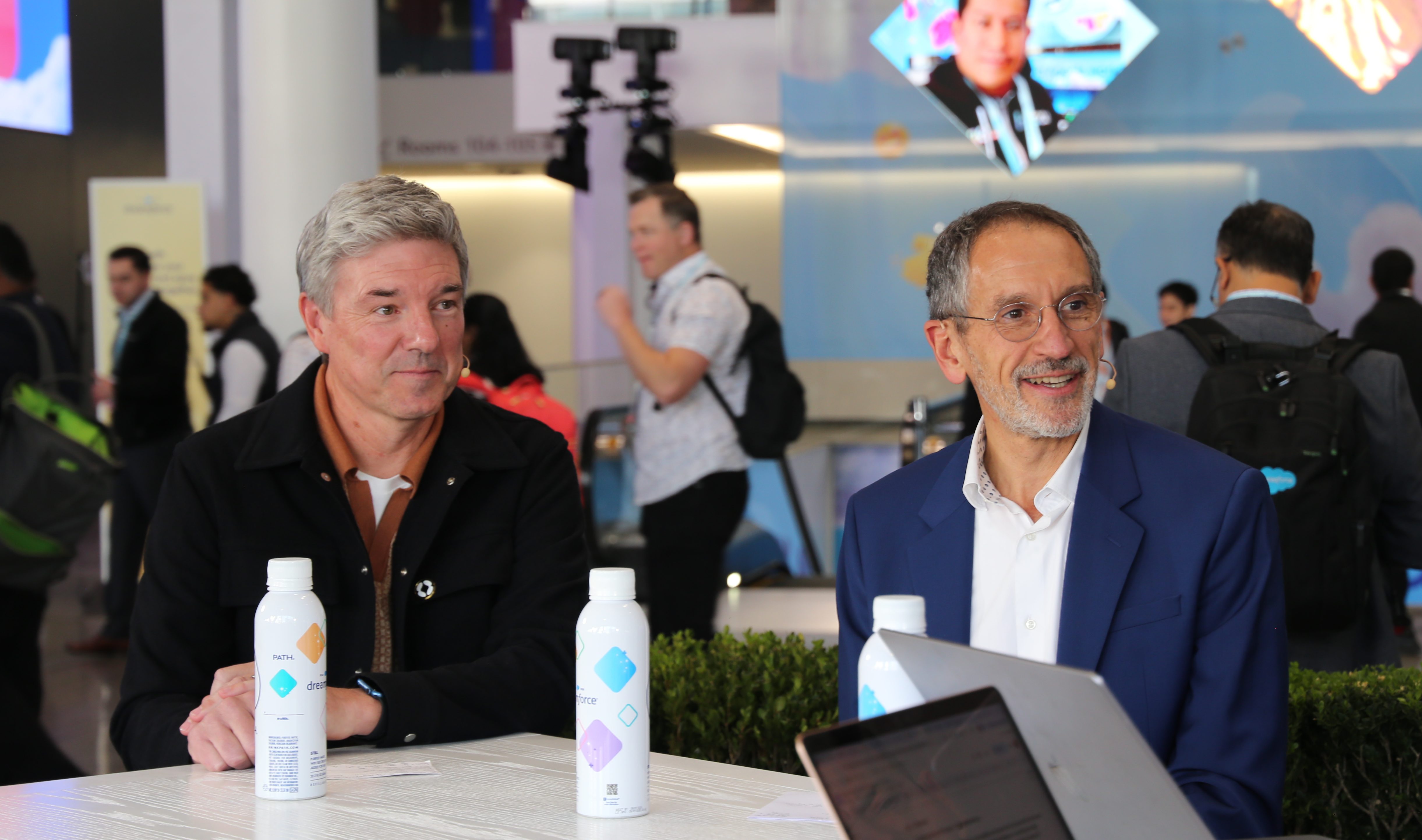Copyright NBC 5 Chicago

Hundreds of high school students in Little Village walked out of class Tuesday to protest ICE and President Donald Trump's immigration crackdown in Chicago. They marched from Little Village/Lawndale High School's campus to the Little Village Arch. "Honestly I did not expect this many people to show up. This started as just me and my friends organizing a walk out when we saw what happened here at Little Village last week," said one of the organizers, 17-year-old Lillian Dominiguez. Last week in Little Village, immigration enforcement was met with community protests, and federal agents deployed tear gas at least once. The issue of chemical agents took center stage in federal court in Chicago the same day, when Border Patrol Commander Greg Bovino was called to answer for possible violations to a court order limiting their use. "I go to Social Justice High School. And the first thing they teach you is about the hunger strike that built the Little Village/Lawndale High School campus," said Leah Sophia Lopez on the loud speaker. In 2001, 19 students and community members went on a hunger strike for 19 days, calling for the construction of a new high school. One of those original hunger strikers, Andrea Guzman, walked in support of the students Tuesday. "I call them semillas, they're our seeds," she said. "As a parent myself I couldn't be any prouder." The students are also calling on Chicago Public Schools to offer hybrid learning, because they say some students are too concerned to go to school. "The only solution I can think of is give those students the option to stay home and keep their education going," Lopez said. As the protesters peacefully marched, Chicago police closed down a portion of 26th street from Albany to Kedzie for the demonstration. Ald. Mike Rodriguez of the 22nd Ward said there was some concern ICE or Border Patrol would show up in the area. "That's why you had so many adults present, ICE breakers present, and we worked in partnership with the police. Look, these kids were smart. They were organized. They reached out, they asked for police presence, they coordinated with police," he said. A district spokesperson for CPS released the following statement, saying that its current policy does allow for excused absence for a students' emotional and physical well-being. It also says a full remote model would not come with federal funding the way it did during the pandemic. Read the full statement here: “Chicago Public Schools (CPS) remains steadfast in our commitment to keeping classrooms open and ensuring that every student has the opportunity to continue learning in person, even as our school communities navigate the impact of recent federal immigration enforcement activity. There is a 0.7 percentage point increase in absences among Latino students this fall compared to the same time last year. Overall student attendance this fall is 91.3 percent compared to 91.5 percent last fall. Academic performance indicators are also consistent with last year’s results, underscoring the resilience of our students and educators. There are many factors impacting student attendance but we recognize that some students and families may not feel safe commuting to and from school during this time of increased federal presence. To support these students and families, CPS reminded principals and staff in September of the Board’s attendance policy, which permits excused absences for circumstances that cause reasonable concern for a student’s mental, emotional, or physical well-being. Under this policy, students are entitled to make up missed work, and teachers are instructed not to penalize students for excused absences related to these concerns. Additional guidance has been issued to ensure grades are not adversely affected by increased absences. School teams—including counselors, social workers, and English Learner Program Teachers (ELPTs)—are reaching out directly to families to provide academic and social-emotional supports. When possible, schools are leveraging technology platforms such as Google Classroom to help students stay connected to their learning. We carry important lessons from the pandemic. While remote learning helped us get through an unprecedented time, it also brought real challenges for our students — from learning loss to increased feelings of isolation and stress. Many families still face barriers like limited internet access or shared devices at home, making remote learning difficult to sustain equitably. We want every child to have not only access to high-quality instruction, but also the relationships, stability, and support that come with being in school every day. CPS’s current remote learning policy, aligned with State School Code, authorizes a District-run Virtual Academy designed to serve students with verified medical needs. This long-term, full-year option currently serves about 500 medically fragile students, and provides accelerated courses—such as Algebra and World Languages—to about 2,900 students part-time. While CPS can explore expanding this model in the future, it would not effectively meet the needs of English Learners or other populations most affected by federal immigration activity. We continue to collaborate closely with the City of Chicago, state leaders, our labor partners, and community organizations, to monitor conditions and evaluate all available options under the Illinois School Code. There are currently no state plans to declare a disaster that would authorize a district-wide transition to remote or blended learning. Unlike in 2020, such a declaration today would not come with federal funding or technology infrastructure to support an equitable shift. CPS will remain responsive, collaborative, and compassionate—working with all partners and school communities to keep our classrooms open, our students supported, and our communities strong.”



